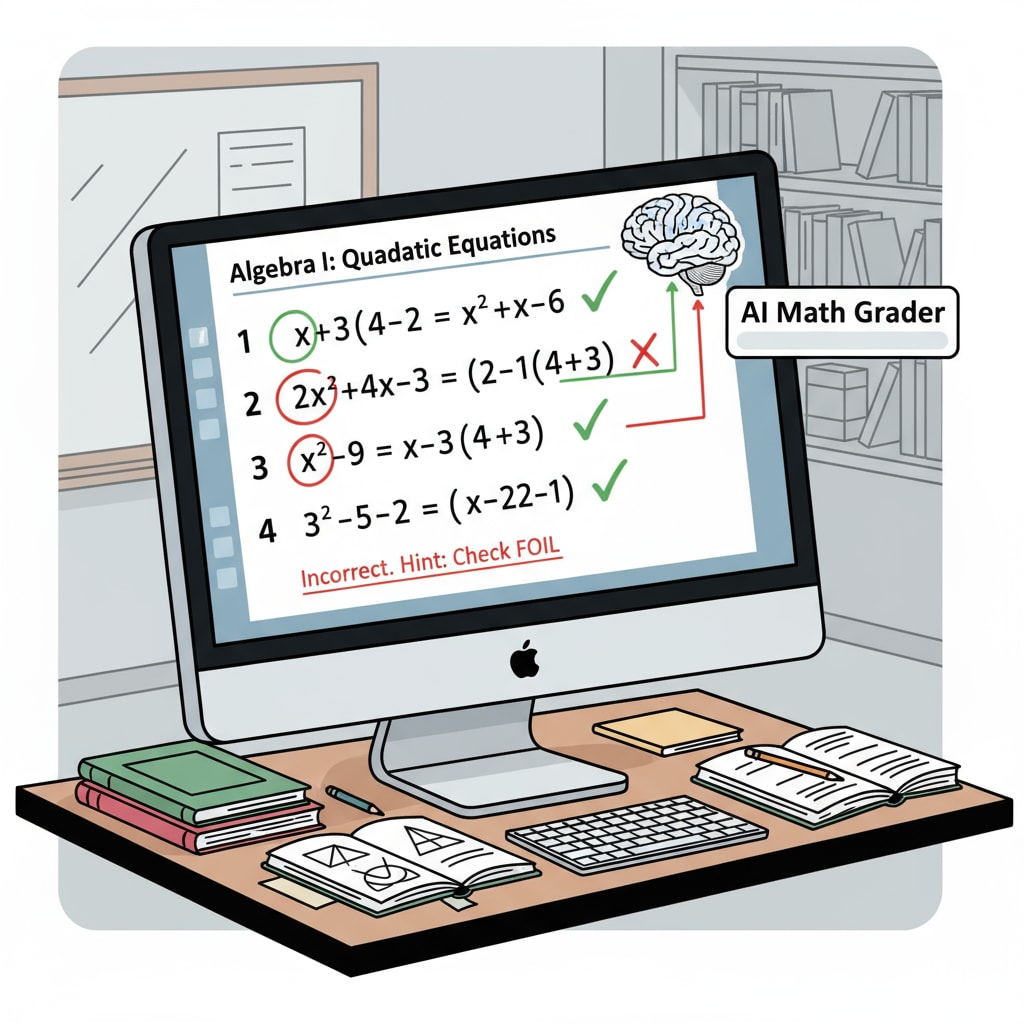AI math grading tools have become a hot topic in education, especially in the context of how they relate to teachers’ work burden and potential time savings. As these tools are gradually integrated into the K12 education system, it’s essential to examine their impact on educators.

The Promise of Time Savings
One of the most significant potential benefits of AI math grading tools is the time they can save teachers. Traditionally, grading math assignments is a time-consuming process. Teachers have to go through each student’s work, check calculations, and assess problem-solving steps. With AI math grading tools, this process can be automated. For example, these tools can quickly scan through digital math worksheets and provide instant grades. According to this EdSurge article, some teachers who have adopted such tools report significant reductions in grading time, allowing them to focus on other aspects of teaching, like lesson planning and one-on-one student support.
Shifting Workload
However, while AI math grading tools may save time in grading, they also bring about a shift in teachers’ workload. Teachers now need to invest time in learning how to use these tools effectively. They have to ensure that the software is properly configured to grade different types of math problems accurately. Additionally, after the AI has graded the assignments, teachers still need to review the results. As stated in this TeachThought piece, teachers cannot blindly rely on the AI’s grading but must use it as a starting point for further analysis. This means that while the nature of the workload has changed, it may not necessarily result in a net reduction in overall work burden.

In conclusion, AI math grading tools hold great promise for saving teachers’ time in the grading process. However, schools and districts need to be aware of the potential shift in workload and take steps to support teachers. By providing proper training and resources, they can help teachers make the most of these tools and ensure that technology innovation in education truly benefits both educators and students.
Readability guidance: The article uses short paragraphs to make the content more accessible. Each H2 section provides a clear focus. Lists are not always necessary here but the ideas are presented in a logical flow. Passive语态 is kept to a minimum, and transition words like ‘however’ and ‘additionally’ are used to connect ideas.


